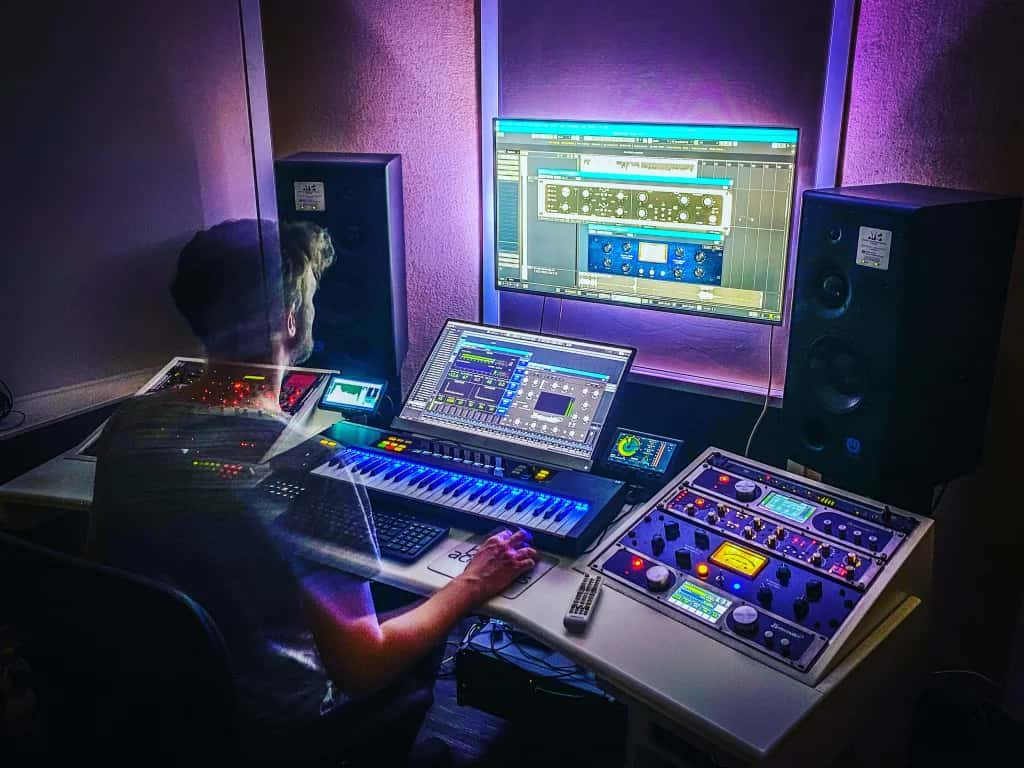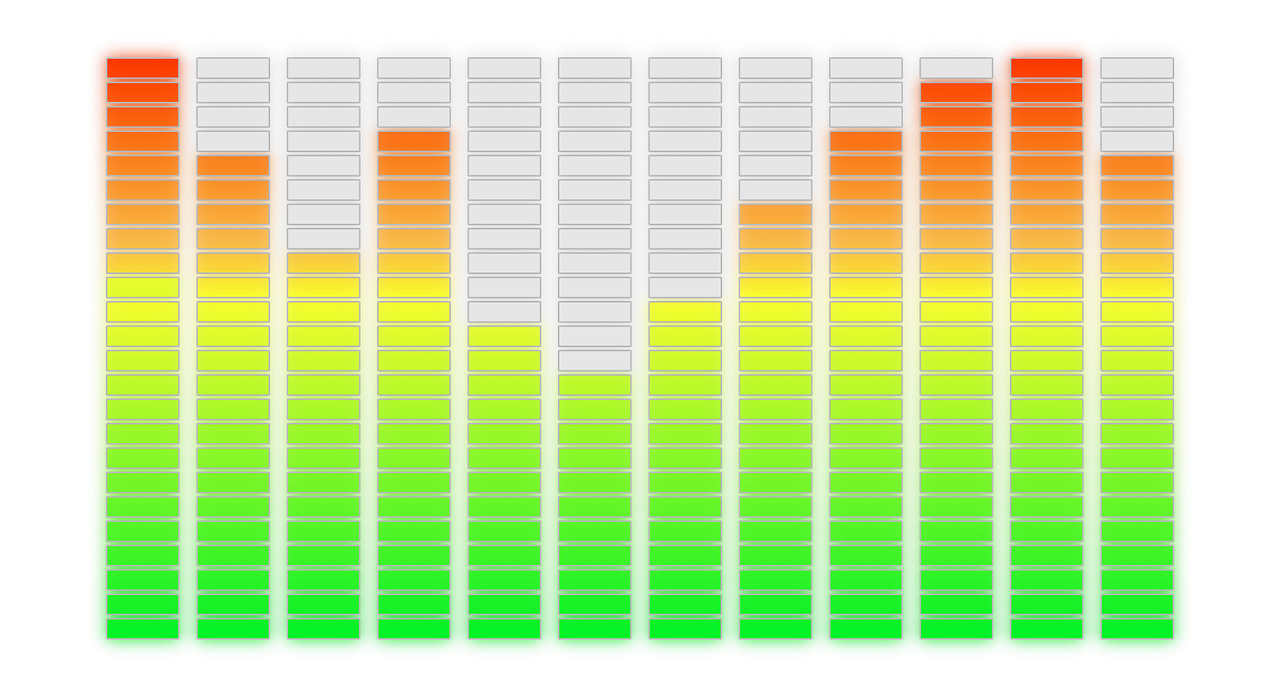There is no denying that the development of digital technology has greatly aided musicians’ capacity to exercise more creative control over their recordings. In addition, modern musicians are far less dependent on pricey recording professionals than in the past because many great-sounding projects have never even been inside a recording studio.
Also, Read What is Sound Mixing? What are Sound Mixing Techniques?
Basics of Audio Mastering
A track is considered to be mastered if the levels and EQ have been adjusted to make it suitable for replication and broadcast. Final mixing is another name for mastering. This entails boosting the track’s overall volume level and average and peak volume levels, as well as using equalization and compression to provide a volume level consistent with other recordings.
Also, check out the Difference between Sound Mixing and Mastering!
A Mastering engineer will also typically organize the tracks into a final sequence, place the appropriate amount of space between the tracks, remove unwanted noises (such as clicks, pops, and other similar sounds), add track markers and other codes required for replication, and remove unwanted noises (such as clicks, pops, and other similar sounds).
More Than What Is Obvious Regardless of the technical explanations, describing the actual process of a talented composer or producer is comparable to describing what a skilled mastering engineer does. In other words, it is quite challenging to accomplish. Anyone can produce a track by laying down some loops. Thus it is not difficult to plug in a mastering compressor and alter the settings of a track similarly. But there is a distinction between refining something and truly mastering it.
Technology, psychoacoustics, musical intuition, and trained hearing are all combined in the Sound mastering process, which is an artistic endeavour. Even minor changes to a track’s compression or equalization parameters could greatly impact the result. A skilled mastering engineer will highlight the most crucial frequency ranges of various recording components and achieve a blend between the bass and high frequencies. This combination can give a flat track some punch and improve a decent track.
You might be surprised to learn how basic most mastering studios are if you have never been inside one. The environments of the best mastering experts generally look more subdued than large recording studios, which frequently have walls covered in vintage gear and flashing LEDs. The acoustics of the room and the ability to create an acoustically neutral environment in which to monitor the mix may be negatively impacted by these racks of equipment on the walls. This is caused in part by the room’s bad acoustics.
Even if their studios don’t contain rack after rack of gear, what is there frequently doesn’t make up a sizable portion of what is typically sold in stores? For example, the vast majority of mastering engineers prefer discrete, class A electronics, vacuum tube circuits, and other parts that are more akin to high-end audiophile equipment than to professional audio processing equipment.

A greater number of project studio owners are experimenting with mastering their own works and evaluating their sustainability due to the expansion of high-end software and mastering plug-ins. Of course, the best mastering engineers have spent many years honing their craft. Still, if you have realistic expectations, some experimentation will be a worthwhile learning opportunity. Even if you ultimately decide to work with a professional, you will be more prepared because you will know what to expect from them.
Mixing and mastering are two different processes that should be one of your first considerations. Track levels, panning, and other characteristics of individual songs in a mix are not taken into account during the mastering process, even though most mastering compressors may focus on certain frequency bands.
UAD Precision Multiband Compressor
Attention to dynamic range is one of the most important things you can do when mastering. Unfortunately, most mastering engineers make this mistake, which is also the one that is made the most frequently.
The dynamic range of an audio recording refers to the difference in volume between the quietest and loudest sounds it contains. Strong audio sounds become more muffled when compression is applied to a piece of music. As a result, the dynamic range of your music, or the distance between the softest and loudest sounds, decreases due to the muffled louder noises. Along with it, your music’s subtlety and nuance are disappearing. The result is a recording where every component is played at its highest volume level at all times because the quietest sounds have been enhanced, and the loudest sounds have been muted.
Equalization and compression are complementary techniques used in mastering.
Using a graphic equalizer with high levels of precision, such as the UAD Precision EQ, can correct for changes in frequency balance that compression can cause. For instance, applying compression might provide a murkier sound; in this case, you would improve the clarity of the sound by EQing less of the lower midrange (around 300 Hz). Or it can be because the mix sounds a little lifeless as a result of the compression. A small amount of high-frequency equalization, at around 12 kilohertz, could add gloss and sparkle to the sound. Applying a modest bit of EQ at a frequency of approximately 5 kilohertz could soften some of the harshness in the drum and guitar sections. Naturally, these are all just ballpark figures; depending on the details of your mix, modifications will need to be made, and your ears should serve as the main reference point while doing so.
UAD Precision Equalizer
While you are making tweaks, it is a good idea to compare your mix to one or two CDs that sound fantastic to you. Anything with a frequency balance and a musical style close to what you want your recordings to sound like would be the best comparison material. This will provide a point of reference, which will be especially useful after you have spent the last hour or so making minor tweaks.


Leave a Reply